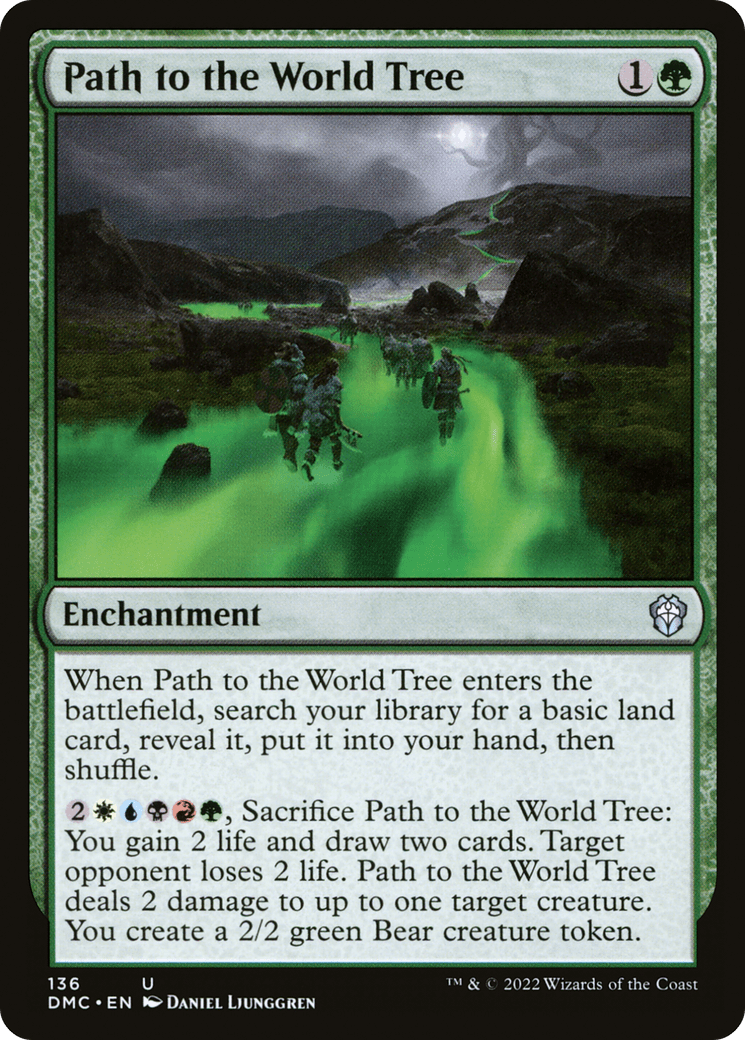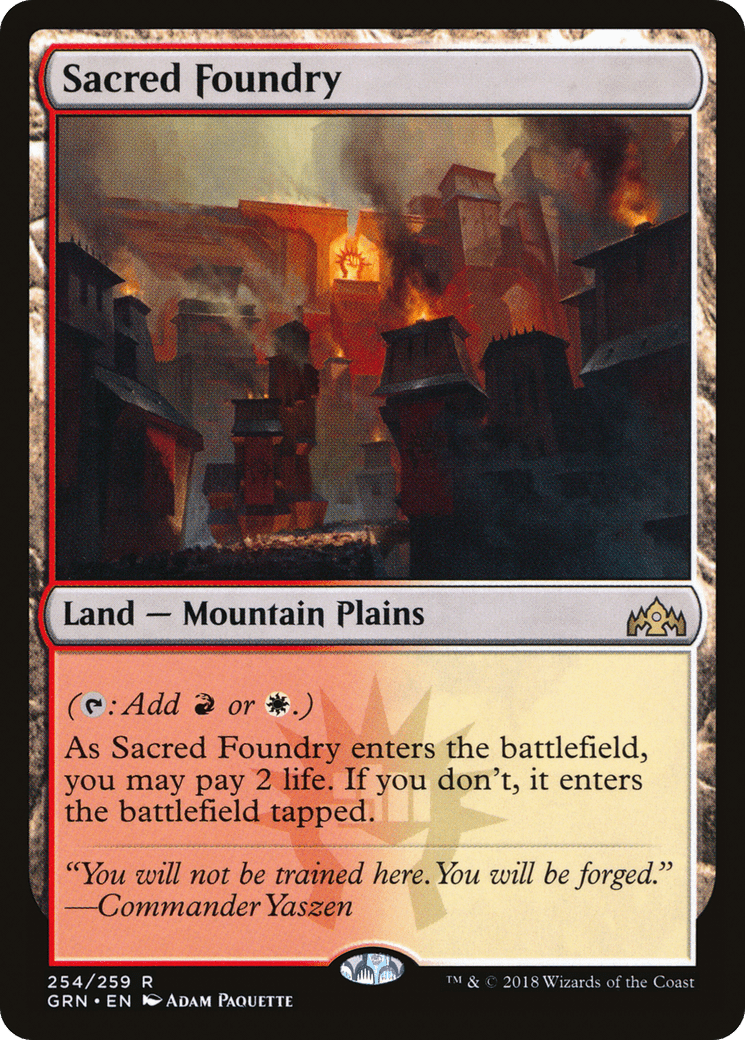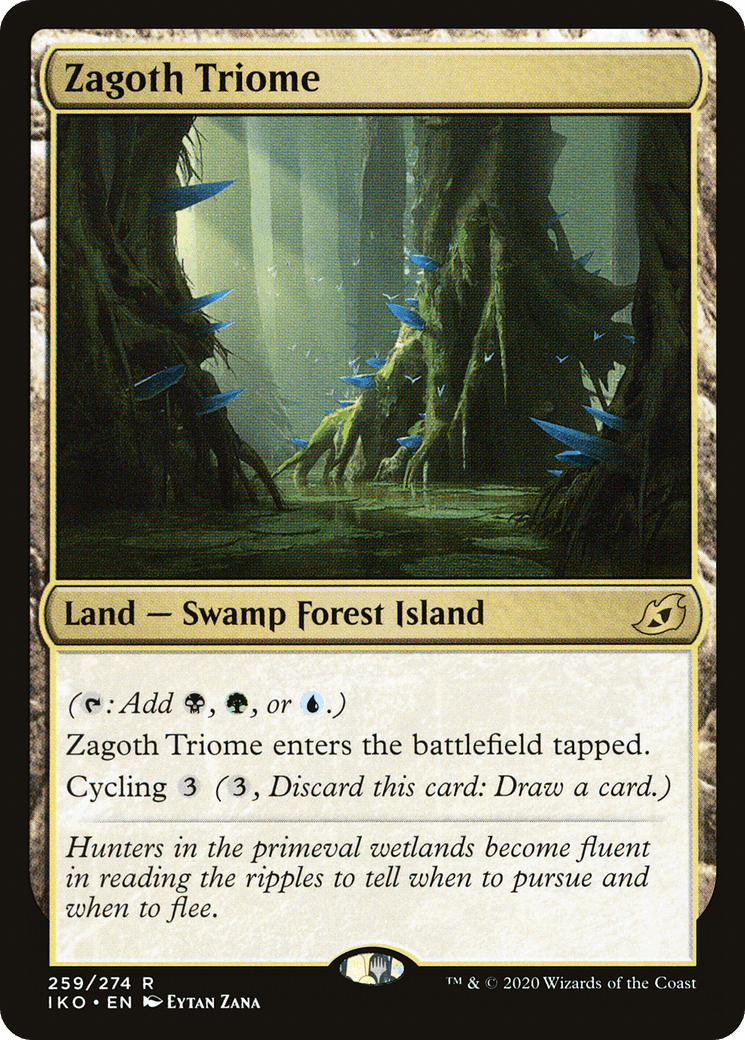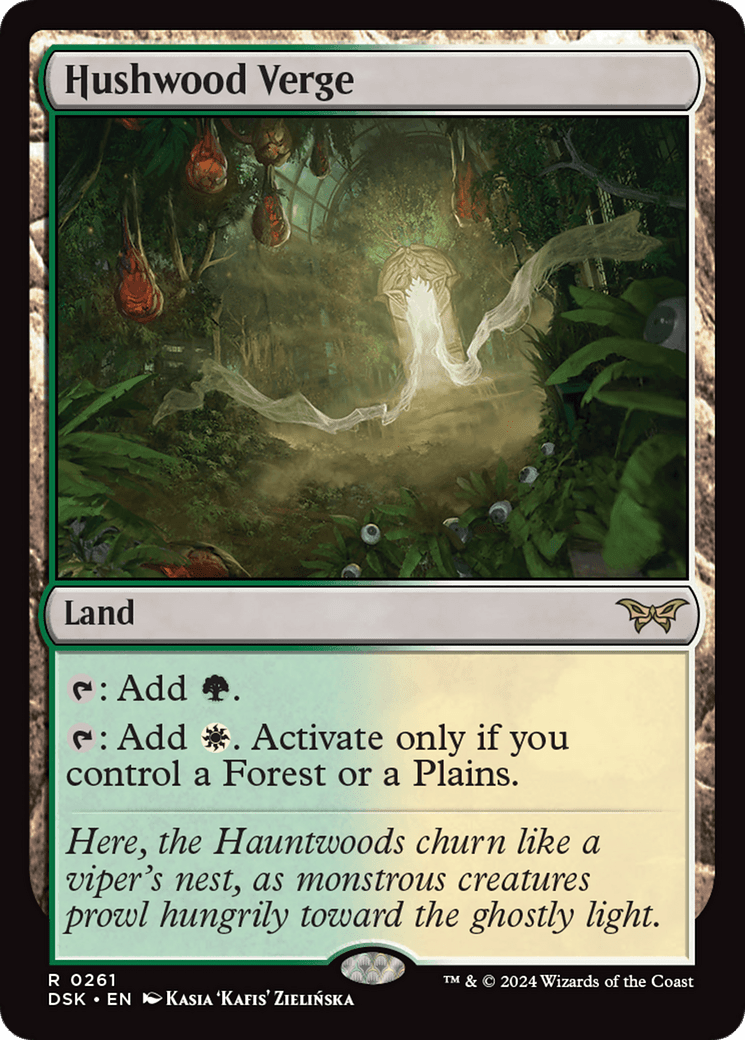A step-by-step guide to building a better manabase for Enigmatic Incarnation in Pioneer using math
Written by Christian “Sir EPIC”
The most important part about an Enigmatic Incarnation deck is building a manabase in order to cast your spells on time. As such, one of the things that I put a lot of work into is the manabase. When I’m looking to finalize a list, whether or not it’s a Regional Championship or an MTGO Challenge, I always ensure that my manabase can cast the critical spells that I need in the deck. The steps that I take when building any Enigmatic Incarnation Manabase is what I like to call the Proportional Manabase Theory. By the end of this article, it is my hope that you have a better understanding of how I construct my manabases for Enigmatic Incarnation decks in Pioneer.
Setting Up for Success
Before looking at the manabase, there’s a few things that I do first. To start, I ensure the casting costs of all the cards are set to where I intend to cast them on the mana curve. For example, when looking at Overlord of the Hauntwoods, I intend to cast it for its Impending cost and not the casting cost. As such I use a deck building website, like Moxfield, that can modify the casting cost as well as show the average casting cost of the entire deck. In addition, I set up a spreadsheet as it helps run the math behind the scenes. This spreadsheet is what is going to be used to build the manabase and is the end result when I’m building an Enigmatic manabase. But once I have both of these things set up, we can determine how many lands the deck needs to run.
How Many Lands?
When building a manabase, the first thing required is determining how many lands must be played. To find this, I use the formula in Frank Karsten’s How Many Lands article: 80/60*(19.58+1.9m+0.27)-0.28c. Where m is equal to the average mana value of the deck and c is equal to the number of cheap (two or less mana) card draw in the deck. For Path to the World Tree, I treat each copy as half a card because we’re taking a land out of the deck that could have been drawn. While the formula is found above, I highly recommend reading all articles linked as they are the foundation for building any manabase. After finding out how many lands I need to play (usually, this number does contain a decimal), I usually tend to play more than the required amount as the deck typically wants the extra one or two lands over a spell.

How Many Sources?
Once I know the number of lands that are in the list, I shift my attention to the actual manabase and the requirements for each color. When beginning to determine what lands the manabase are required, I first set myself a few rules and tips to follow:
1. I accept that this manabase will not hit the required number of sources for every card in the deck.
-
- This is the integral principle behind this theory. This will be expanded on throughout this article.
2. The core Shocklands should ideally produce four colors.
3. The two core Triomes need to produce all five colors.
4. The other Triomes in the list should ideally produce four colors with a Shockland to enable a turn 2 Leyline Binding.
5. The 3rd type of land (Pains, Checks, or Verges) should work off most (if not all) Shocklands and Triomes.
6. If I’m playing a four-color build, I try to have 5-9 ways in the deck (lands and nonlands) to produce the fifth color to be able to cast Leyline Binding for one mana.
7. If Chained to the Rocks is being played, Sacred Foundry is required.
8. Every red source in the deck should be a Mountain for Chained to the Rocks unless there’s an extenuating reason.
9. Based on experience, Yorion manabases should have 10-12 Triomes, 8-12 Shocks, and 1-2 basics in a non-Path to the World Tree list or 4-5 basics in a list with Path to the World Tree. The remaining slots are set aside for the third type of land and other utility lands, such as Channel Lands.
With that said, I set myself up by identifying the most difficult cards that I want to cast on curve consistently. After identifying those cards, I then use Frank Karsten’s How Many Sources article and a GitHub article that expands on Karsten’s article to determine the required source count for each color. From there, I add all required sources from each color to get the total number of sources required from the deck. Using that total, we can calculate the percentage of each source that the deck requires and compare it to the total number of required sources across all colors (required number of X sources/total number of sources where “X” = the color). This provides the percentages of how many sources of each color are required.



With the above rules, I start building my manabase. Beginning with Sacred Foundry (if Chained to the Rocks is in the decklist) and the two core Triomes. While building the manabase, the proportional number of sources needed in the deck is actively calculated in the background to ensure that the manabase supports the deck. Using this, I keep the percentages of each color as close to each other as possible.
Due to the many lands in this manabase, it is not possible to only fill it with Shocklands and Triomes. A third land is required. The three I’ve seen the most often are Checklands, Painlands, and the new Verges from Duskmourn. While Painlands only require life for the untapped color sources, Checks and Verges require the deck’s lands to have those basic land types. As such, when adding these lands, it is critical to ensure that as many Shocklands and Triomes turn on these lands as possible. In fact, Frank Karsten recently published another article focusing on the new Verge land cycle with the math behind playing them and turning them fully online. The article’s key takeaway is that, for Yorion manabases, in order to have the verges fully turned on 90% of the time on turn three, a total of 17 lands with the required basic land type are required. While this is a great minimum to have, it shouldn’t be difficult to build a manabase with 18 to 20 lands with at least one of the required land types due to all of the steps already taken.
What this process does is balance the proportions of colors so that the deck can consistently cast its spells on curve 80-90% of the time. In contrast, other versions of the manabase prioritized consistently casting spells of specific colors on curve 90-95% of the time while only being able to consistently cast spells of the other colors on curve 65% of the time. To help visualize this theory in action, I have also built a sample manabase for a build of Enigmatic following this entire process.
Checking Your Work
Once the manabase is completed, it should be good to play. However, there are a few ways to ensure that the manabase should function.
1. Check the above rules and tips to ensure that they were followed.
2. If there are Verges or Checklands in the deck, ensure that most lands turn them on.
3. Check your deck on MTG On Curve or Jason Ye’s Manabase Calculator. As a note, both sites can be a little complex to understand. Make sure to read all of the information on the web pages!
4. Playtest! Anytime a new manabase is used, the sequencing of the order of the lands that you play can change. So, experiment with the sequence of lands you play to find what works best.
Closing
Thanks for taking the time to read this article. While there are different ways to build this manabase, this is the process I’ve used successfully for several years. I hope the information above and the resource links below are helpful to you. If you have more questions or want to connect, feel free to reach out to me on X (formerly known as Twitter), message me on Discord (@sirepic), or join the Enigmatic Discord community!
Resources
How Many Lands by Frank Karsten
How Many Sources by Frank Karsten
Github Article that Expands on Frank Karsten’s “How Many Sources” Article by teryror
https://gist.github.com/teryror/881d60e08480a56043895d3bbb83c374#
Building Mana Bases with New Verge Lands by Frank Karsten
Sample Manabase
Enigmatic Incarnation – Proportional Manabase Theory Example
MTG On Curve
Manabase Calculator
https://www.experimentalsynthesizer.blog/sources
